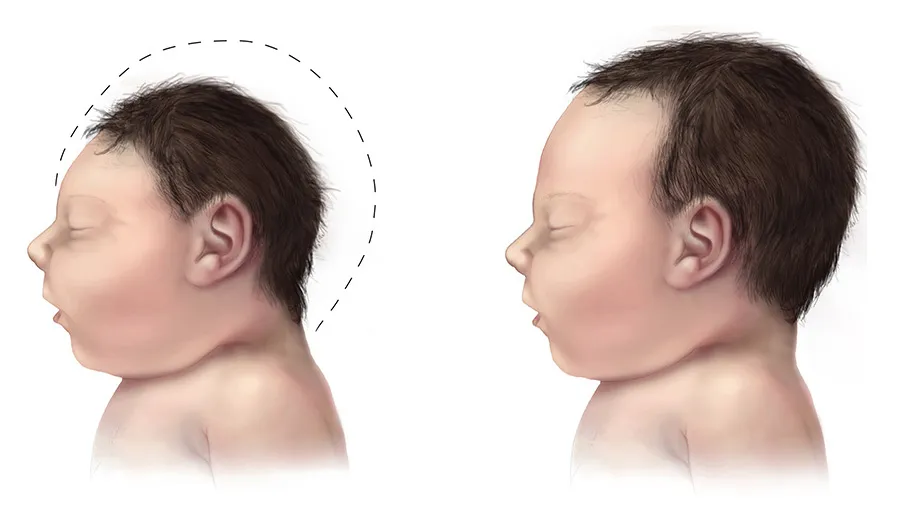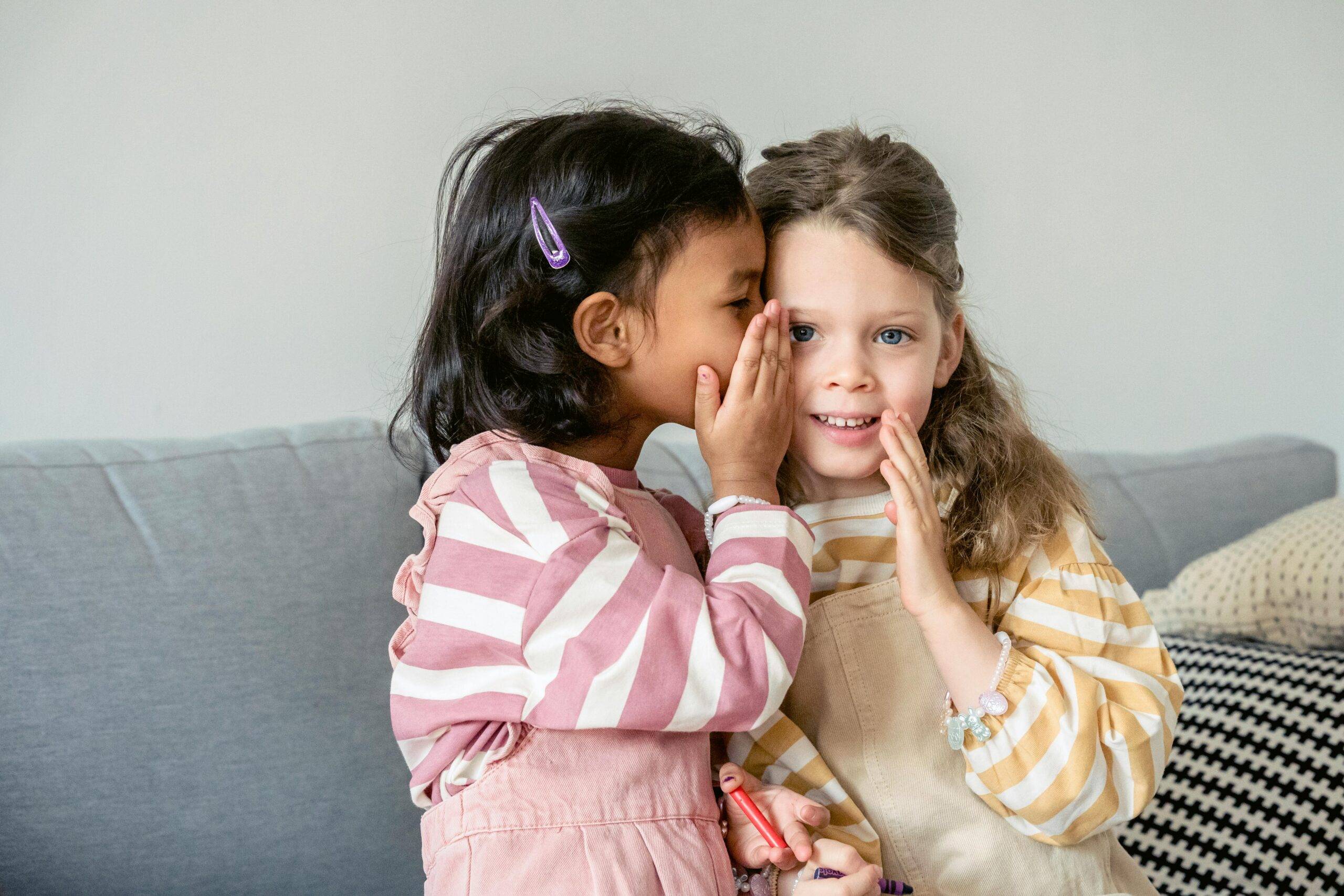Table of Contents
Let’s Get Real About Yeast Infections
You’ve probably heard of yeast infections, right? They’re not just an adult problem. Kids can get them too, and they’re just as annoying. Today, we’re diving deep into what yeast infections are, why they happen, and how you can kick them to the curb. So, buckle up!
What’s Yeast Anyway?
First off, let’s talk about what yeast is. It’s a type of fungus. Yep, you heard that right—a fungus! It’s usually hanging around on our skin, in our mouths, and even in our guts. But sometimes, it decides to throw a party and invite too many friends. That’s when things get messy.

Why Do Kids Get Yeast Infections?
You might be wondering, “Why on earth would a kid get a yeast infection?” Good question! It’s usually because something’s thrown off the natural balance of their body. This could be anything from antibiotics to a sugary diet. Even wearing wet swimwear for too long can be an invitation for yeast to go wild.
The Different Types of Yeast Infections
Hold onto your hats, because yeast infections can show up in different ways:
- Oral Thrush: White patches in the mouth.
- Diaper Rash: Red, irritated skin in the diaper area.
- Skin Infections: Red, itchy patches on the skin.
- Ear Infections: Yep, yeast can even get in there.
Spotting the Signs
So, how do you know if your kid has a yeast infection? Look out for these red flags:
- So, how do you know if your kid has a yeast infection? Look out for these red flags:
- Itching or burning
- Red, swollen skin
- White patches in the mouth
- Unexplained fussiness
- If your child has a vulvovaginal yeast infection, you might notice additional specific symptoms similar to those seen in teens or adults with the condition.
- Here are some more detailed signs to watch for:
- Burning sensation: This discomfort can make your toddler fussy and irritable.
- Inflammation: The affected area may appear swollen and tender.
- Itchiness: Persistent itching can lead to scratching, which might worsen the redness and swelling.
- Redness: The skin around the infection site often becomes red and irritated.
- White, odorless or slightly yeasty, cottage-cheese-like vaginal discharge: This distinctive discharge is a key indicator of a vulvovaginal yeast infection.
- White patches in the mouth
- Unexplained fussiness
What to Do If You Suspect a Yeast Infection
If any of these signs pop up, don’t freak out. Here’s your action plan:
- See a Pediatrician: Always the first step. They’ll know what to do.
- Get Tested: A quick swab can confirm if it’s yeast.
- Start Treatment: This could be antifungal creams or even medication.
Treatment Options: The Lowdown
Once you’ve got a diagnosis, it’s time to kick that yeast to the curb. Here are some options:
- Antifungal Creams: Great for skin and diaper rashes.
- Oral Medication: For more stubborn cases.
- Natural Remedies: Think yogurt and coconut oil, but always check with your doc first.
Prevention: Keeping Yeast at Bay
The best defense is a good offense, right? Here’s how to keep yeast infections from coming back:
- Keep things dry: Yeast loves moisture.
- Limit sugar: Yeast also loves sugar.
- Use antibiotics wisely: They can kill off good bacteria, giving yeast a chance to multiply.

The Long-Term Impact
You might be wondering, “Is this going to be a lifelong issue?” For most kids, the answer is no. With the right treatment and some lifestyle tweaks, yeast infections can be a thing of the past.
What’s Next?
If you’re finding this info helpful and you’re keen to know more about children’s health, don’t hesitate to subscribe to our newsletter. If you’re a parent or expecting, feel free to book an appointment with Dr. Michael Nwaneri. No strings attached, we promise.
FAQ
What is a Yeast Infection in Kids?
Answer: A yeast infection in kids is caused by an overgrowth of a type of fungus called yeast. It’s common in areas like the skin, mouth, diaper area, and even ears. While yeast is normally present on the body, infections occur when there’s an imbalance.
Why Do Kids Get Yeast Infections?
Answer: Kids can get yeast infections due to factors that disrupt the natural balance of their body. Common causes include antibiotic use, a diet high in sugar, and prolonged exposure to moisture, like wearing wet swimwear for too long.
What Should I Do If I Suspect My Child Has a Yeast Infection?
Answer: If you suspect a yeast infection, consult a pediatrician. They may conduct a swab test to confirm the infection. Treatment options typically include antifungal creams for skin infections or oral medication for more severe cases.
How Can I Prevent Yeast Infections in My Child?
Answer: Preventing yeast infections involves keeping affected areas dry, limiting sugar intake, and using antibiotics judiciously. These measures help maintain the natural balance of good bacteria and prevent yeast overgrowth.
How are yeast infections treated in children?
Once you’ve got a diagnosis, it’s time to kick that yeast to the curb. Here are some options:
Antifungal Creams: Great for skin and diaper rashes. These medications are usually applied as a cream over the course of several days to a week or two. Symptoms typically begin to resolve quickly, often within a day or two, but make sure to finish the entire course of medication to fully cure the infection.
Oral Medication: For more stubborn cases. Always get a diagnosis from your child’s pediatrician before beginning treatment to determine the correct medication, dosage, and duration.
Natural Remedies: Think yogurt and coconut oil, but always check with your doc first. While these can be helpful, they should not replace medical treatments unless recommended by a healthcare professional.
Remember, it’s crucial to consult with your child’s pediatrician to determine the best treatment plan and to ensure that you’re using the correct medication and dosage. Proper diagnosis and adherence to the treatment plan are key to effectively treating yeast infections in toddlers.
How Can I Tell If My Child Has a Yeast Infection?
Answer: Look for signs such as itching or burning, red and swollen skin, white patches in the mouth (oral thrush), and unexplained fussiness. These symptoms can indicate a yeast infection.
While many assume yeast infections are only a concern for teens and adults, toddlers can also be affected. However, it’s relatively rare for children out of diapers to experience vaginal yeast infections. If your toddler shows symptoms like itchiness, redness, or inflammation in the vulva area, it’s crucial not to jump to conclusions.
Consider Other Causes
Yeast infections aren’t the only potential cause of these symptoms. Here are some other common issues to consider:
Urinary Tract Infections (UTIs)
Diaper Rash
Bacterial Infections
Ruling out these conditions ensures that you are treating the correct issue. If your child is out of diapers, the likelihood of a yeast infection diminishes, making it even more essential to explore other possibilities.
Importance of Hygiene
Improving personal hygiene, particularly toileting habits, can play a significant role in preventing these symptoms. Teach your child proper wiping techniques and ensure they are changing their underwear regularly.
By considering these factors, you can better determine whether a yeast infection is the cause of your toddler’s discomfort and take the appropriate steps for treatment.
When Should I Contact a Doctor About My Toddler’s Vulvar Irritation or Redness?
As a parent, it’s natural to be concerned about your toddler’s health, especially when you notice symptoms like vulvar irritation or redness. While these symptoms can often be alarming, they are generally not caused by yeast infections in toddlers. Yeast infections typically occur more frequently after higher levels of estrogen are present, which isn’t common in this age group.
However, it’s crucial to monitor your child’s symptoms closely. Here are some guidelines on when to seek medical advice:
Persistent Symptoms: If the irritation or redness persists for more than a couple of days, it’s time to call the pediatrician.
Severe Discomfort: If your child is in significant discomfort, such as constant itching or pain, consult your doctor right away.
Uncommon Symptoms: Look for additional symptoms like unusual discharge, swelling, or lesions, which might indicate a more serious condition.
Fever: If the symptoms are accompanied by a fever, this could signal an underlying infection that needs prompt medical attention.
By reaching out to your child’s pediatrician, you can get a professional assessment. The doctor may offer tips for relief and potentially suggest medications to alleviate the symptoms. Always trust your instincts and err on the side of caution when it comes to your child’s health.
How do I Prevent Vulvar Irritation in Toddlers ?
Preventing vulvar irritation in toddlers involves a combination of good hygiene practices and careful clothing choices. Here’s a comprehensive guide to help keep your toddler comfortable and irritation-free:
Daily Hygiene Practices
Proper Wiping Technique: Teach your child to wipe from front to back to avoid introducing bacteria into the vaginal area. Ensure thorough drying after each bathroom visit.
Mild and Unscented Products: Use unscented wipes and soaps. Strong perfumes and harsh chemicals can disrupt the natural balance of bacteria and yeast.
Frequent Diaper Changes: If your toddler is still in diapers, change them frequently to keep the area clean and dry.
Bathing Routine
Avoid Bubble Baths: Bubble baths can be fun, but they often contain irritants. Stick to baths with mild soap.
Rinse Well: Ensure all soap is thoroughly rinsed off during baths to avoid any residue that could cause irritation.
Clothing Choices
Cotton Underwear: Choose 100% cotton underwear to allow the skin to breathe.
Dry Clothes: Do not let your child sit in wet swimsuits or damp clothing for long periods. Always change into dry clothes as soon as possible.
Sleeping: Consider letting your toddler sleep without underwear to allow airflow to the area.
Skin Protection
Barrier Creams: If the vaginal area appears red or irritated, applying a thin layer of diaper ointment or petroleum jelly can help protect the skin while it heals.
When to Seek Medical Advice
If irritation persists or is accompanied by symptoms like thick, bloody, or foul-smelling discharge, or fever, contact your child’s doctor promptly.
Follow these steps and you can greatly reduce the risk of vulvar irritation in your toddler and ensure they remain comfortable and healthy.
What Else Could Be Causing My Toddler’s Symptoms Besides a Yeast Infection?
If your toddler is experiencing itching in the vaginal area, there are several possible causes beyond a yeast infection. One common reason is irritation from inadequate wiping. Toddlers often struggle with proper hygiene practices, and failure to thoroughly clean after using the toilet can lead to discomfort.
Potential Causes of Irritation:
Improper Wiping:
Inadequate cleaning after both urination and bowel movements can leave behind moisture and germs. This can irritate delicate skin and potentially lead to infections.
Excess Moisture:
When the vaginal area remains damp, it can become irritated. This moisture can result from poor wiping or even wearing diapers or tight clothing for extended periods.
Infections:
Poor hygiene can also pave the way for different types of infections. For instance: Vaginitis: A bacterial infection of the vagina.
Urinary Tract Infection (UTI): Germs entering the urethra can lead to a UTI.
Maintaining Proper Hygiene
To prevent these issues, ensure your toddler is taught proper wiping techniques:
After Bowel Movements:
Tell them to wipe from front to back to avoid spreading germs from the anus to the urethra and vaginal area.
After Urination:
Prompt them to dab gently with toilet paper to remove excess moisture.
When To See a Doctor
If your child’s symptoms persist despite good hygiene practices, consult a pediatrician. They can provide a thorough evaluation and appropriate treatment if an infection or another medical issue is present.
Remember, early intervention is key to preventing more serious complications.
Should a diagnosis be obtained before starting treatment?
Absolutely, you should always get a diagnosis from a pediatrician to determine the appropriate medication, dosage, and duration.



